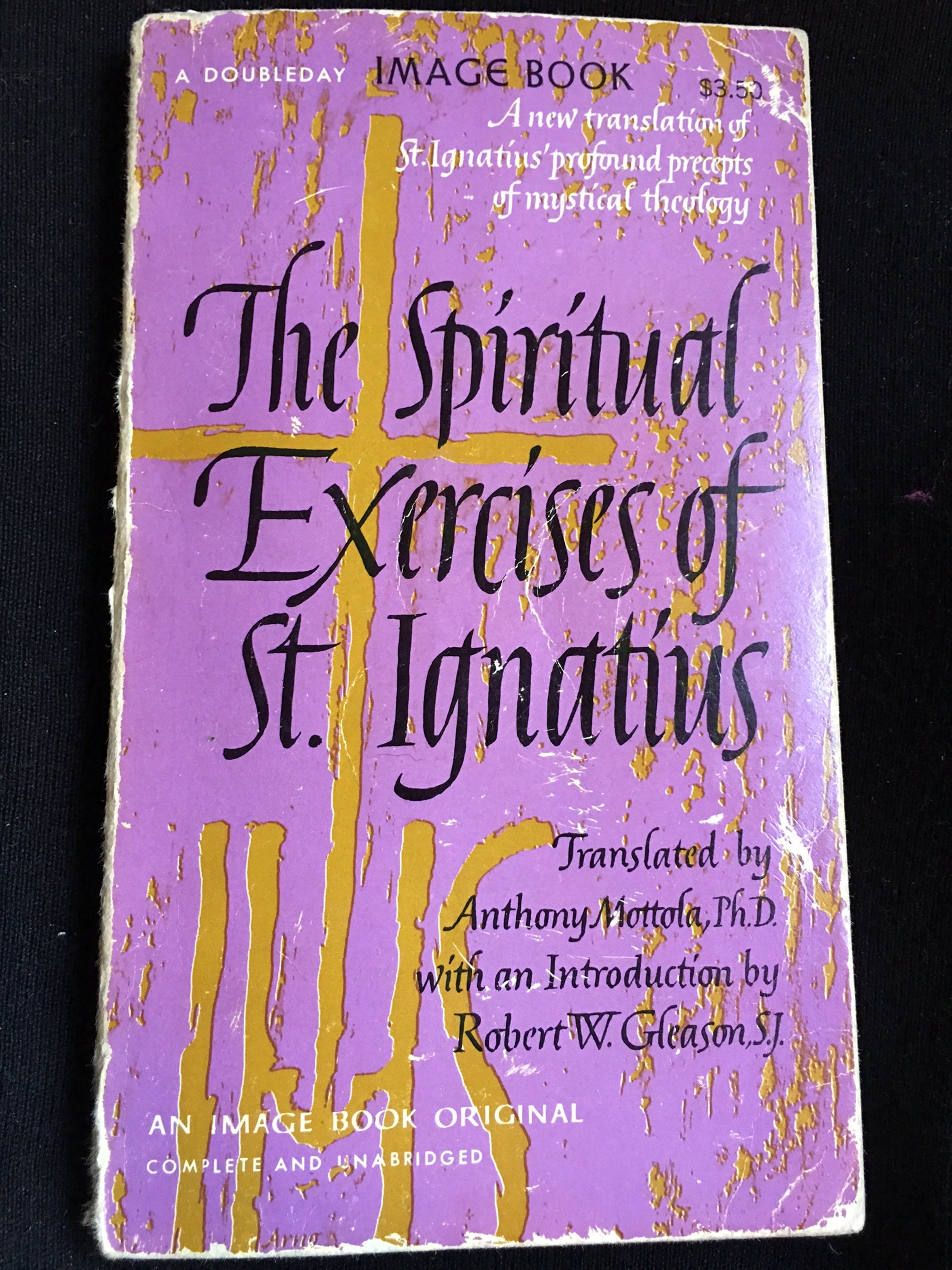Wisdom from the Harp
“For the elements changed places with one another,
as on a harp, the notes vary in the nature of the rhythm,
while each note remains the same.”—Wisdom 19:18.
A friend recently reminded me of this scripture verse in morning prayer. I read the first part of the Wisdom reading that morning but missed this last part. I hope I won’t miss it next time, for this ancient verse describes music well, especially the harp. I began a journey with this classical instrument over forty years ago when my daughter begged for a whole year to get a harp.
The strings are the piano’s white keys, so it is easy if you understand the piano. Next, you lean the harp against your body so you can hear the vibrations and feel the music within you.
The harp has taught me so many lessons about life, other than the discipline of trying to master a technique for following and plucking strings.
When one string breaks, it is challenging to continue playing. Part of playing is knowing the relationships of each string to the other. Now, a gap, large or small, changes the entire road map. I must take the time to replace the string as soon as possible.
Then, it takes days or weeks for that new string to stretch and be in tune. Then, finally, it must be “mentored,” so to speak.
Almost every atmospheric condition changes the harp strings. Constant tuning is mandatory. My husband loves the old joke about harpists. “We spend half our time tuning and the other half playing out of tune!”
On this musical journey, the harp has become an icon for living and working in community.
Its constant need for tuning reminds me how much I must try to stay current, learning, and staying in relationship with what is happening in the world around me.
If I don’t, I become “out of tune,” either too sharp or too flat.
I would love to hear from others about life lessons they have learned from a musical instrument.
Joanna https://www.joannaseibert.com/







